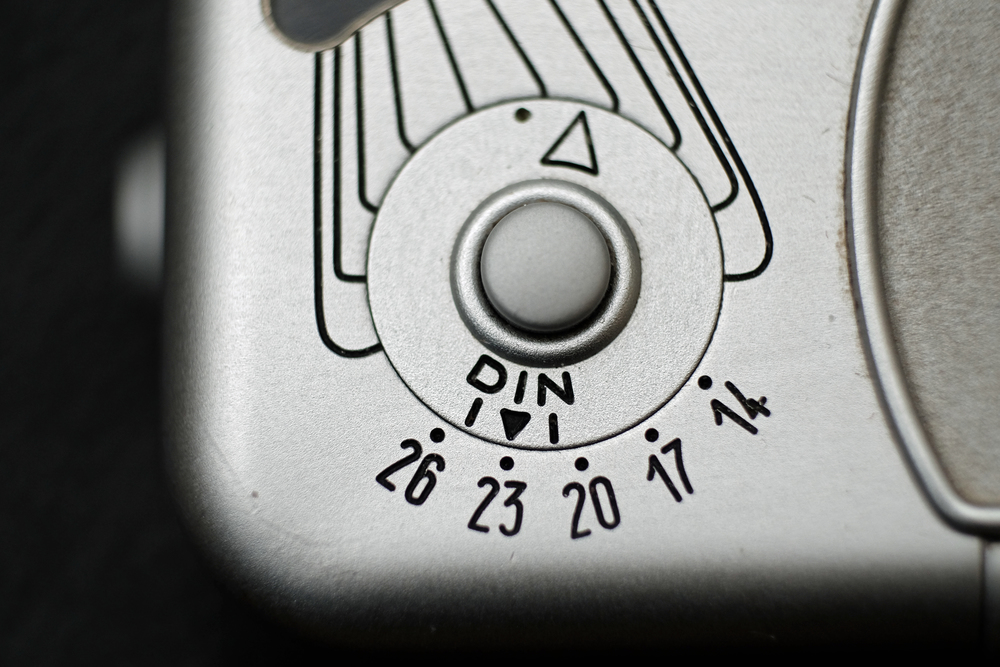Back in November of last year you may remember reading my views on the macro options then available for Fuji X-users. The MCEX-11 and MCEX-16 had just been announced and I was quite excited at the prospect; indeed I wrote to Santa in the hope of waking up on Christmas morning with something tubular in my stocking. Sadly either Santa didn’t get my note in time or I was on the Naughty List, because I had to wait until mid-January before I found an MCEX-16 in stock somewhere friendly enough to give me a small but perfectly formed discount.
<img src="https://www.macfilos.com/wp-content/uploads/2015/02/5c5326e4c593f_img.jpg" alt=''/>
<img src="https://www.macfilos.com/wp-content/uploads/2015/02/5c5326e579e8f_img.jpg" alt=''/>
To briefly recap, my macro solution up to this point has been the Olympus OM 50mm f3.5 Macro lens plus some matching auto-extension tubes. I covered the advantages and disadvantages of this setup in the previous article so I won’t repeat them here. Let’s focus instead on the benefits of the MCEX solution. The Fuji tubes are well-made; metal front, rear and all the way through – no plastic here. As one might expect, they are the perfect aesthetic match for the Fujinon X-series lenses. The tube itself is knurled on each side with that slightly irritating fine milling that Fuji use. It’s great for gripping, but a magnet for every bit of dust and grease going. It’s about the size of the 27mm “pancake” lens but a bit lighter. Slightly frustratingly, it comes without front and rear caps, both of which are a must in my book.
The tube comes in a small cardboard box – standard Fuji black with white script. Inside the box are the usual warranty papers and a comprehensive and multi-lingual information sheet with the table of lens magnifications for both the 11 and 16mm tubes – really quite handy, but not quite as convenient as a PDF on the smartphone, which is what I have ended up with.
<img src="https://www.macfilos.com/wp-content/uploads/2015/02/5c5326e684e71_img.jpg" alt=''/>
What this little table underlines is that this tube is usable with all the Fujinon lenses currently available. There are some restrictions and caveats – more of them in a moment. There is no mention of the Zeiss Touit lenses – particularly the 50mm Macro – but I have no reason to believe that the rings would not play nice with them.
Let’s look at the fine print for a moment. I wouldn’t normally bother, but there are some important gotchas there that should be highlighted.
- Your lens won’t focus to infinity with an MCEX ring attached. This is commonsense – you can’t fight the laws of physics after all – but there will no doubt be some who will return their rings because of this reason…
- The MCEX rings do work with the Leica M-Mount adaptor. This is an unexpected bonus.
- Fuji says that you can’t use the MCEX-11 and MCEX-16 together. They “may malfunction” if layered; If so this is not only disappointing, but also frustrating. I can stack my 20-odd-year-old Olympus tubes. So, if I get a chance (and another ring) I shall give this a try. I’d be surprised if it really didn’t work.
- EXIF will not be recorded correctly; this is not the end of the world in general use, but may be a bit of an irritant for the more gear-minded.
<img src="https://www.macfilos.com/wp-content/uploads/2015/02/5c5326e76cbec_img.jpg" alt=''/>
Enough peering at paperwork. For the purposes of this exercise I mounted the MCEX-16 in between my X-T1 and the Fujinon 60mm Macro. The huge advantage of the MCEX ring(s) over my previous macro solution is that they maintain connectivity between body and lens; autofocus and auto-exposure are available to the photographer. Handling is exemplary as you would expect. In order to provide a point of comparison I pointed again at my trusty Minox B sub-miniature camera, as well as the odd bit of handy flora.
<img src="https://www.macfilos.com/wp-content/uploads/2015/02/5c5326e82dbba_img.jpg" alt=''/>
Here’s the bad news: Don’t expect the MCEX rings to bend reality or change the laws of physics. You are still dealing with a wafer-thin zone of focus, even at smaller apertures. And here’s a tip, by the way: If you don’t want to burn through the batteries in your X-T1 even faster than the frightening usual, DON’T engage pre-af. If you do, you will see more hunting than Boxing Day in the Shires. Anyway, if you want to get the best out of your Macro setup, USE A TRIPOD. Yes, I know I am “shouting” but it is all too easy to be seduced into thinking that dropping a convenient little MCEX into a corner of the gadget bag means you can rival the BBC Bristol Natural History Unit for insect candids. You can – but only if you support your rig appropriately. This is a roundabout way of getting to the point of saying “don’t do what I do, do what I say” – these shots are hand-held, with relatively shallow DoF, and it shows.
<img src="https://www.macfilos.com/wp-content/uploads/2015/02/5c5326e911e54_img.jpg" alt=''/>
All that said, the good news is that the MCEX-16 does exactly what it says on the tin; it gets you closer at reasonable cost and with significant convenience. It enhances the performance range of not just the 60mm Macro but also pretty well every Fujinon X-Series lens you can get your hands on. I look forward to trying it out on my other lenses.
If you are serious (or even semi-serious) about getting closer to your subject, there really is no reason not to get an MCEX-16 (or indeed, -11). Yes, I know there are cheaper alternatives out there, but as my old Granddad used to say, “buy cheap, buy twice”. I can never understand why you would want to stick a few quid’s worth of badly milled, poor tolerance tubing in between hundreds of pounds worth of camera and lens.
Bottom line: Get the Fuji version, it’s worth it.
You can also find Bill Palmer at Rangefound and Lightmancer

